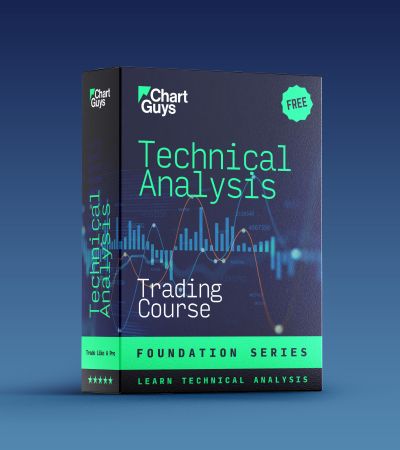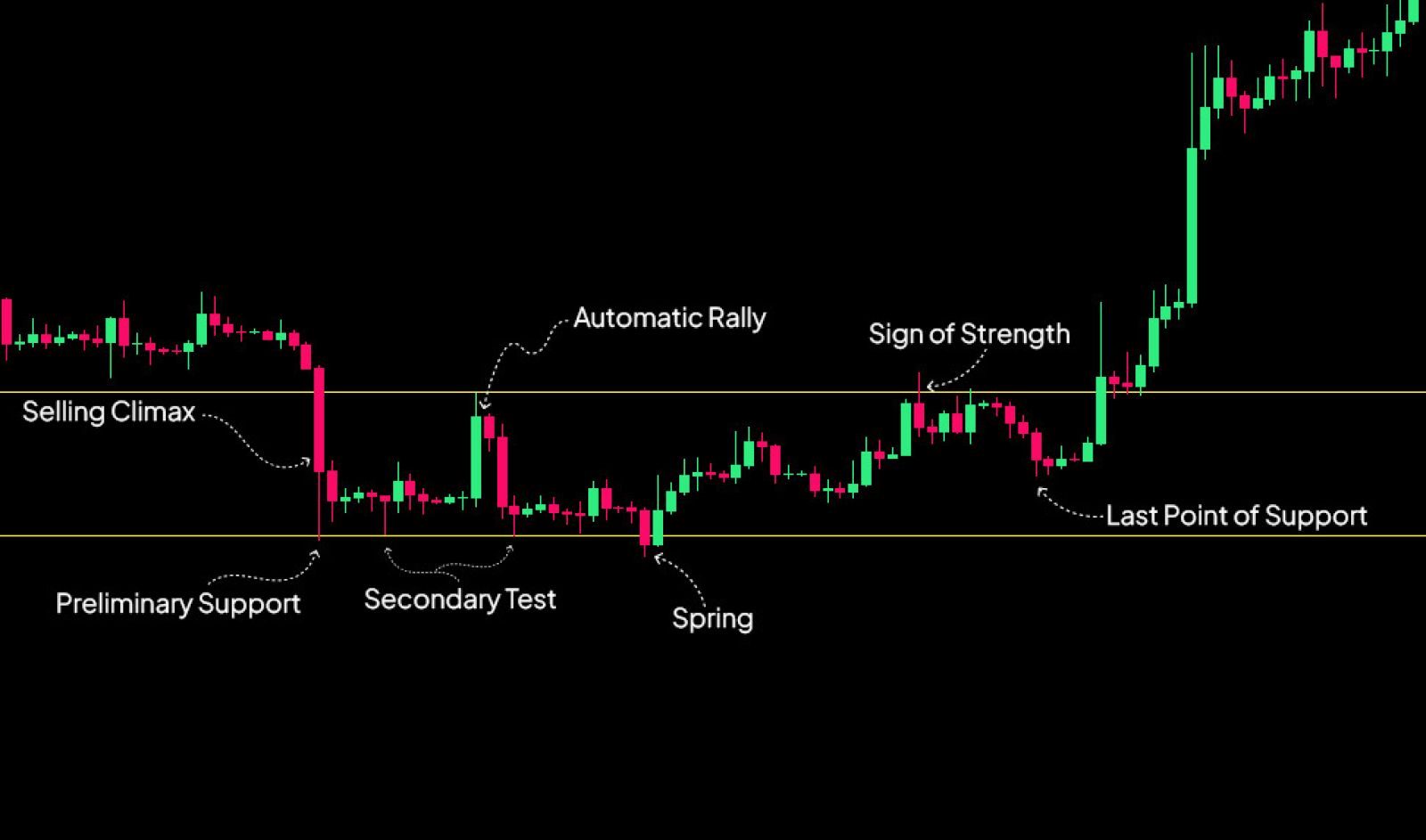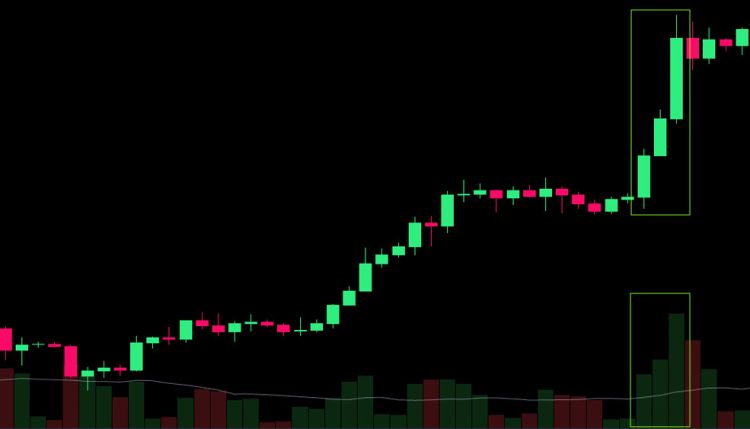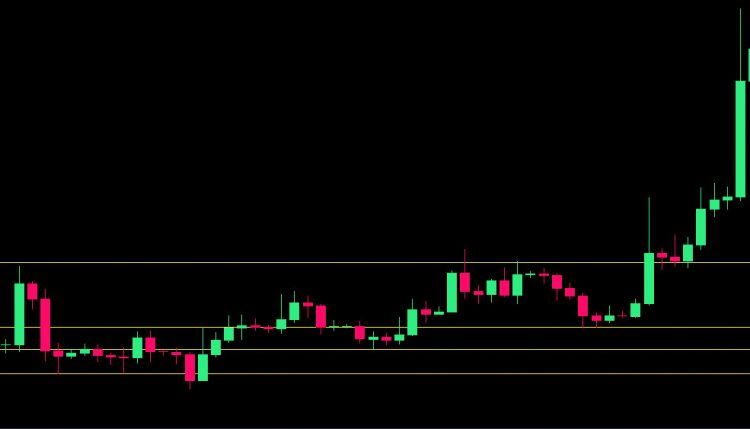Introduction
Ever felt like the big players in the market have a secret playbook? Well, guess what? They kinda do. It's called Wyckoff Accumulation, and it's like peeking behind the curtain of the market's grand theater.
Imagine you're watching a magic show. The magician's busy distracting you with flashy moves, but if you know where to look, you can spot the real trick. That's Wyckoff Accumulation in a nutshell. It's all about catching those subtle hints that big money is quietly gobbling up assets before prices shoot to the moon.
But why should you care? Well, for starters, it's like having x-ray vision in the market. You're not just watching the show; you're figuring out how the trick works. It won't turn you into a Wall Street wizard overnight, but hey, it might just keep you from being the sucker at the table.
Ready to dive into the world of smart money moves? Buckle up, buttercup. We're about to unpack the Wyckoff method – where the market's chess masters make their moves, and we try to keep up.
The Wyckoff Method: Market Analysis for Smarty Pants
Before we jump in, let's tip our hats to the brains behind this whole shebang – Richard Wyckoff. This guy wasn't your average Wall Street suit. Nope, he was more like the Sherlock Holmes of the stock market.
Richard Wyckoff: The OG Market Detective
Picture this: It's the late 1800s. While other kids are playing stickball, 15-year-old Richard Wyckoff is cutting his teeth in the financial world. By 25, he's running his own brokerage firm. Talk about an overachiever, right?
But Wyckoff wasn't content just making bank. He was on a mission to crack the market's code. He spent years stalking – er, studying – successful traders, picking apart their strategies like a kid with a new Lego set.
Wyckoff's superpower? Taking all that Wall Street wisdom and boiling it down to a system that even us mere mortals could understand. He wasn't just smart; he was "create a whole new way of looking at markets" smart.
Core Principles: Wyckoff's Golden Rules
So, what's the secret sauce in Wyckoff's recipe? Let's break it down:
- The Composite Man: Wyckoff said to treat the market like it's run by one crafty puppet master. It's not, of course, but thinking this way helps you focus on the big picture. It's like trying to outsmart your cunning older sibling instead of a whole playground of kids.
- Supply and Demand: At its core, the market's just one big game of tug-of-war between buyers and sellers. Wyckoff teaches you to spot who's winning. It's like being a referee, but way more profitable.
- Effort vs. Result: This is where it gets juicy. Wyckoff says to watch for when the market tries really hard to move one way but doesn't get far. It's like when your dog gets super excited to chase a squirrel but barely moves because it's on a leash. That mismatch? It's a clue.
- Price Cycles: Markets move in cycles, like a never-ending roller coaster. Wyckoff helps you figure out if you're climbing the hill, zooming down, or just hanging upside down screaming.
- Relative Strength: This is all about comparing a stock to the broader market. Is it the star player or just warming the bench? Knowing this can give you a serious edge.
These aren't just boring old rules; they're your secret decoder ring for the market's crazy language. Master these, and you'll be speaking fluent Wyckoff in no time.
Phases of Wyckoff Accumulation: The Market's Secret Dance
Alright, buckle up! We're about to dive into the phases of Wyckoff Accumulation. It's like watching a stealthy predator stalk its prey, except the predator is smart money, and the prey is... well, everyone else's money. Let's break it down:
- Selling Climax (SC): This is where the market has a full-on meltdown. Prices are dropping faster than your phone when you're texting in bed. It's panic central, and everyone's hitting the "Sell" button like it's a game show buzzer.
- Preliminary Support (PS): Just when you think the world's ending, boom! Someone starts buying. It's like the first raindrop after a drought. Could be a fluke, could be the start of something big.
- Automatic Rally (AR): This is the market's version of a knee-jerk reaction. Prices bounce up like they're on a trampoline. Short sellers are running for cover, and optimists are popping champagne. But hold your horses, cowboy – we're not out of the woods yet.
- Secondary Test (ST): Remember that Selling Climax low? Well, we're going back there for a quick visit. It's like when you leave a party but come back because you forgot your keys. If prices don't drop as low and there's less panic, we might be onto something.
- Spring: This is the final fake-out. Prices dip below the trading range, and weak hands fold faster than a cheap lawn chair. But wait! It's a trap! Prices spring back up, and smart money is scooping up shares like they're on clearance.
- Sign of Strength (SOS): Now we're cooking! Prices make a strong move up, often with a bunch of people jumping on board. It's like when your favorite band finally hits that chorus everyone's been waiting for.
- Last Point of Support (LPS): This is the final "Are you sure?" moment before the real party starts. Prices pull back a bit, but not too much. It's the market taking a deep breath before the big plunge... upwards!
Understanding these stages is like having the cheat codes to a video game. You won't win every time, but man, does it help to know what's coming next!
Spotting Wyckoff Accumulation: Your Market Detective Kit
Now that you know the phases, how do you spot them in the wild? Don't worry, I've got your back. Here's your Wyckoff Accumulation detective kit:
Volume: The Market's Heartbeat
Volume is like the market's lie detector. Here's what to look for:
- Shrinking volume on down moves: It's like the sellers are running out of steam.
- Growing volume on up moves: The buyers are flexing their muscles.
- Big volume at support levels: It's like watching the big kids step in to stop a playground bully.
- Volume spikes during tests: This is often smart money making their move.
- Watching volume is like being a doctor with a stethoscope. You're listening to the market's heart, trying to figure out if it's healthy or about to have a coronary.
Price Action: The Market's Body Language
Price patterns during accumulation are like the market's poker tell. Here's what to watch:
- Higher lows: Even if we're not mooning yet, the floor's slowly rising.
- Tightening price range: It's like a spring coiling, ready to pop.
- Strong bounces from support: The market's saying "Nope!" to lower prices.
- Weak rallies followed by strong ones: It's like the market's warming up before the big race.
- Reading price action is like being a bouncer at a club. You're watching how people move to decide if they're trouble or not.
Time: The Secret Ingredient
Remember, Rome wasn't built in a day, and neither is accumulation. Here's the deal:
- Extended base-building: True accumulation takes its sweet time.
- Patience in ranging: The longer we go sideways after a downtrend, the more interesting things get.
- Timing of volume spikes: It's not just about how much volume, but when it shows up.
Time in accumulation is like marinating a steak. The longer it sits, the more flavor it picks up.
Wrapping Up: The Wyckoff Way
Alright, market mavens, let's bring it home. Wyckoff Accumulation isn't just some dusty old theory. It's like a pair of x-ray specs for the market, letting you see the invisible hand at work.
Remember, this isn't about predicting the future or finding a "get rich quick" scheme. It's about understanding the game being played around you. It's like learning to count cards in blackjack – it doesn't guarantee you'll win, but it sure as heck improves your odds.
So, keep your eyes peeled, your mind sharp, and your sense of humor intact. The market's always teaching us something new – are you ready to be a star pupil?
Now go forth and Wyckoff, young grasshopper. May the smart money be with you!


















